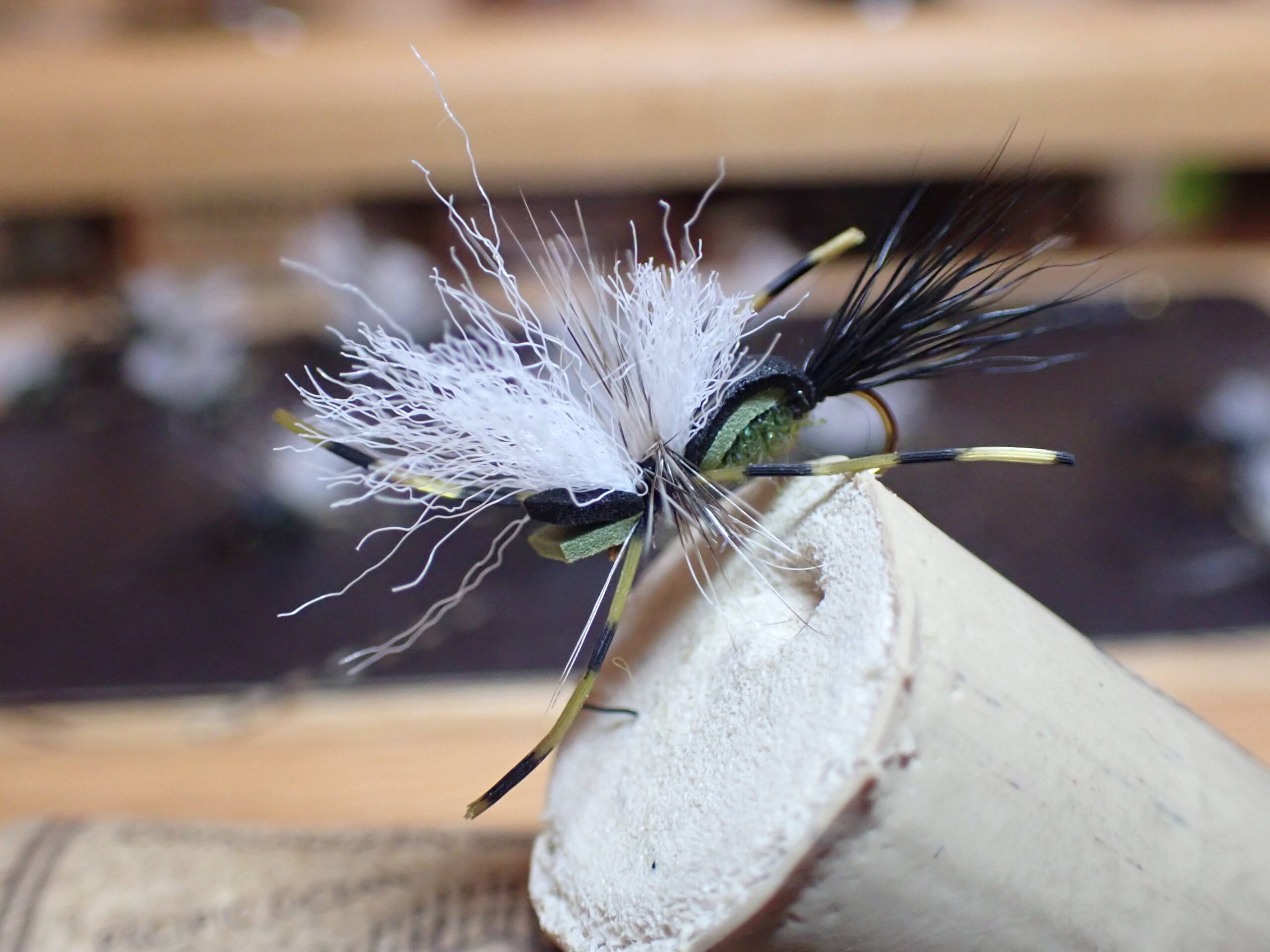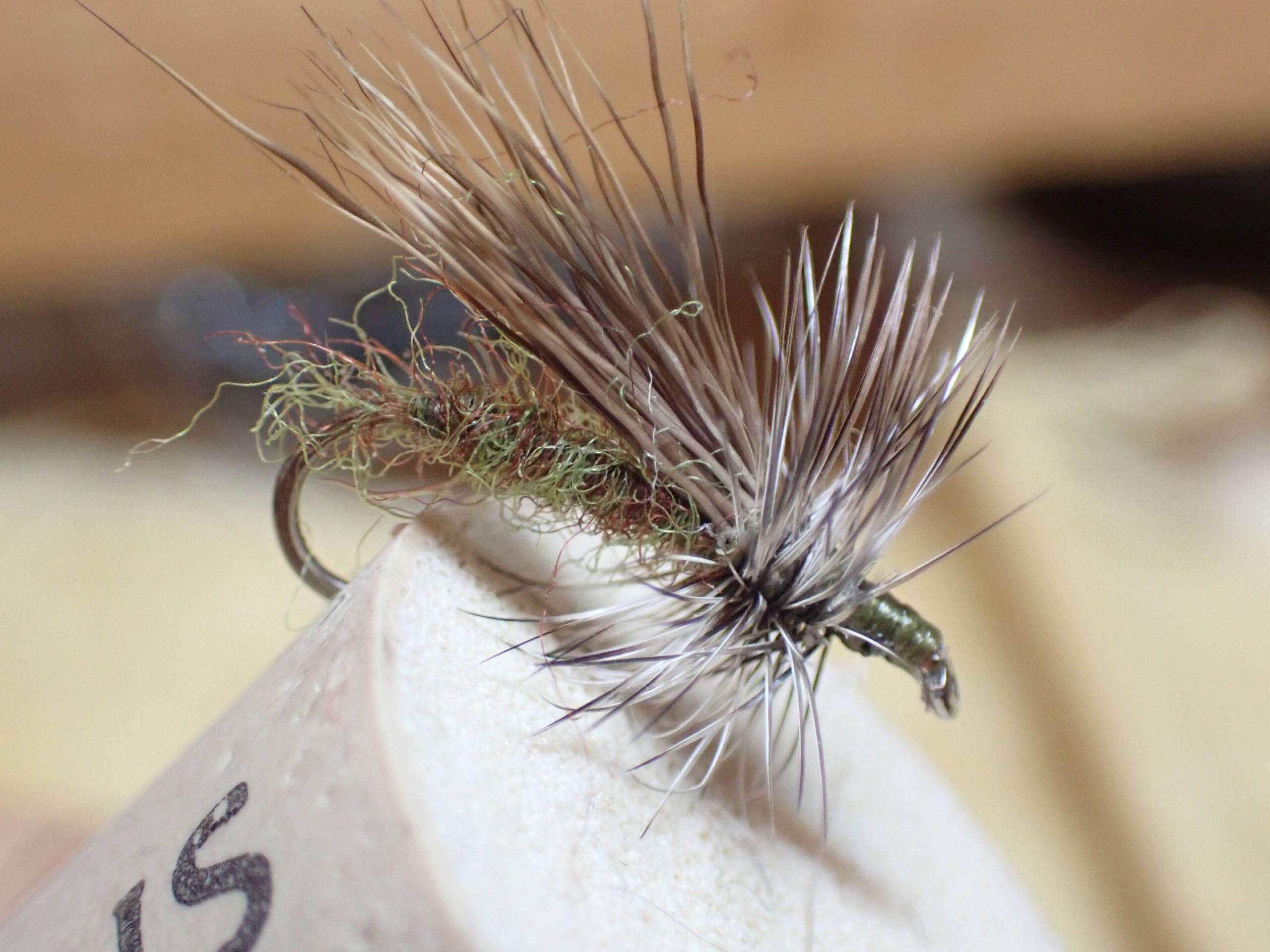Parachute Green Drake 01/27/2025 Photo Album
Read my post from 02/05/2024 for a description of my love affair with western green drakes. Who does not like fishing to a large mayfly that emerges consistently on western rivers during the summer and mostly in the middle of the day? The trick is finding them. I have had pretty decent success targeting them on tailwaters, but the task of meeting them on freestones is a much more variable proposition.
My premier classroom for observing and learning about the habits of western green drakes is on South Boulder Creek. Emergences are fairly reliable from the beginning of August through the middle of September. Over the years I have developed a menu of four green drake dry flies for instances, where I encounter them. The parachute green drake is consistently the top producer, although I have learned that it shines during the pre-hatch time period and during the early stages of the emergence. Why? Are fish mistaking it for a spinner or is the low position of the body in the surface film representative of emerging mayflies?
When I notice the flies fluttering during their clumsy efforts to get airborne, the effectiveness of the parachute green drake tends to wane. A switch to a comparadun or Harrop hair wing generally produces more favorable results, and this explains why I tie and carry so many types of green drakes dry flies.
I went through a phase, where I tied green drakes with microfibbet tails and turkey flat wings, but I have now settled on moose mane tails and a white poly wing. The things that remain constant are the Ligas pale olive body with a maroon thread rib and the olive grizzly saddle for the parachute hackle. I have also discovered that the fly fishes better with a slightly over sized wing that equals a bit more than the shank length. I suspect the moose main tail is more visible than microfibbets, and a small clump is more effective in supporting the large fly.
 Materials Needed to Tie Parachute Green Drakes and a Batch of New Green Drakes
Materials Needed to Tie Parachute Green Drakes and a Batch of New Green Drakes
I counted my supply of size 12 and 14 parachute green drakes with poly wings and moose mane tails, and I determined that I needed to tie six additional size 14’s and three more size 12’s. I also own a decent supply of parachutes with turkey flat wings, but they are relegated to the bottom of the pile. Unfortunately I need to wait until July to test the effectiveness of these flies.

 Size 14 Parachute Green Drake
Size 14 Parachute Green Drake Size 12 Angled Left
Size 12 Angled Left The Beginning of My Tying List and Inventory Count
The Beginning of My Tying List and Inventory Count The Hippie Stomper Look
The Hippie Stomper Look Twenty Completed and the Necessary Materials
Twenty Completed and the Necessary Materials


















